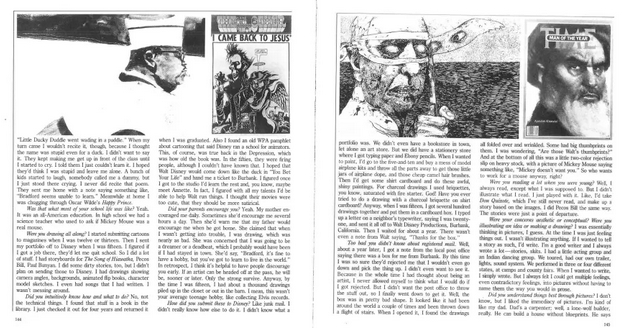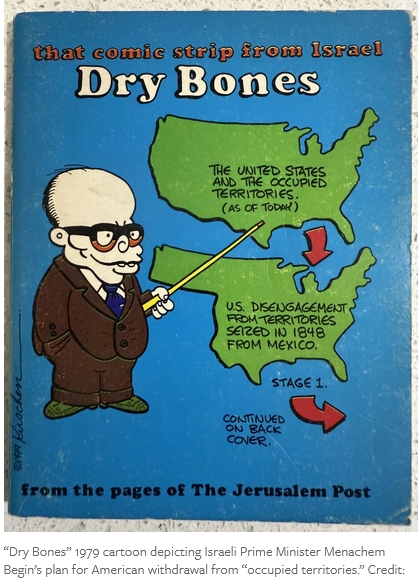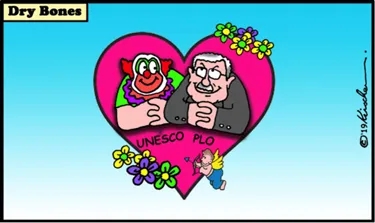[ad_1]
Skip to comments
Brad Holland, an artist whose conceptual work and iconoclastic ways delighted — and often maddened — generations of art directors, died on March 27.
He was an early bloomer.
While his fellow ninth graders were winning blue ribbons in art class for drawings of cocker spaniels and hot rods, he once told an interviewer, he was collecting rejection letters from The Saturday Evening Post and Walt Disney.
Mr. Holland got his big break when he was 23.

Penelope Green profiles Brad Holland in an appreciation of his art and illustrations for The New York Times. Or here.
The first formal interview I conducted with my old friend Brad Holland was for my 1986 book Innovators of American Illustration (Van Nostrand Rinehold) that featured a new wave of conceptual artists whose work was expressive, personal and political, linked together through Surrealist and Expressionist inspiration.

Steven Heller presents his 1986 interview with illustrator Brad Holland.
At the time of the interview [Holland] was near the peak of his powers, doing much less of his Op-Ed page line work (but was always available when needed) and experimenting with different painting techniques.
I grew up on Mad magazine, unaware how Jewish it was – in its writers and sensibility. It just was funny, satirizing daily life, Hollywood, Madison Avenue, the Cold War, and politicians, Left to Right.
Starting in 1973, thanks to The Jerusalem Post, Yaakov Kirschen, the “Mad” Zionist, applied that screwball approach to the greatest adventure in Jewish life, Israel. Through his “Dry Bones” cartoon, Kirschen, who died Monday at age 87, kept resurrecting our spirits by laughing at our enemies – and ourselves.

Gil Troy writes an appreciation of Yaakov Kirschen for The Jerusalem Post.
Kirschen marked Israel’s 40th anniversary by noting that most Jews choose to live in “lands of comfort,” while Israelis enjoy “our lives of hardship”… because we’re “the nut cases.”
Yaakov Kirschen’s down-to-earth needling of public figures in “Dry Bones” epitomized Jerusalem’s refusal to bow to foreign diktats.


Jonathan S. Tobin at the Jewish News Syndicate pays tribute to Yaakov Kirschen.
Right up until his last years when he was a much-loved daily presence on the JNS website, “Dry Bones” kept swinging away at the hypocrisies and foolishness of modern life and Israel’s foes. Few others, whether writers or artists, were able to capture so well the spirit of modern-day Israel and its dilemmas.
Much has been written about the life of Yaakov Kirschen – known as “Dry Bones” to his large number of adoring fans – but little has been written about his return to drawing cartoons in his eighties until his death on 14 April at the age of 87.
Together Dry Bones and I collaborated on publishing 335 of my articles over more than six years on a regular weekly basis – each of my articles being accompanied by a cartoon drawn by Dry Bones expressing his take on the subject matter of each article.

For J-Wire David Singer recalls his recent partnership with Kirschen illustrating Singer’s columns.
American artist Robert E. McGinnis, well known and highly regarded for his illustrations on over 1400 paperback book covers, spanning detective novels, espionage, romance, historical adventure, Gothics, and Westerns, and art for more than 50 movie posters, died on 10th March 2025, aged 99, his death only recently announced.

John Freeman writes the Robert McGinnis obituary for downthetubes.
His paintings of the feminine form had a distinctive, signature look reflected in much of his work, including in posters for the James Bond and Matt Helm films that feature male protagonists.
He was also the main title designer for The Hallelujah Trail, an American Western epic mockumentary spoof directed by John Sturges, receiving more praise for his work on that than the actual film.
[ad_2]
Source link




